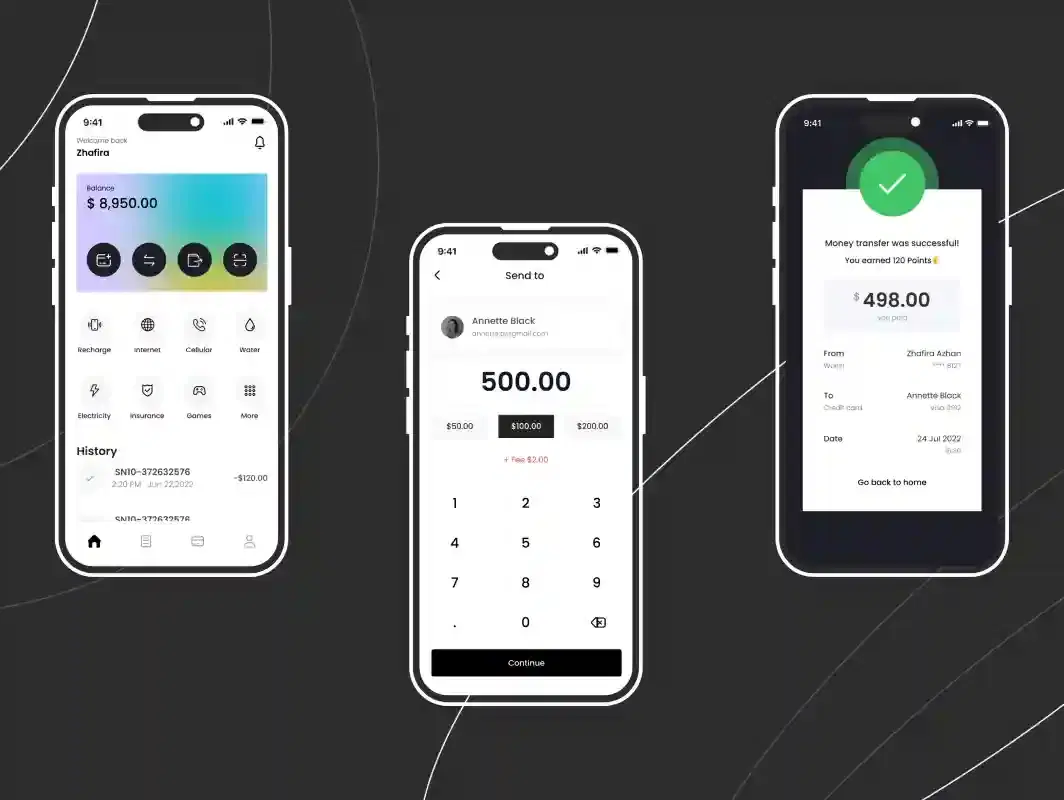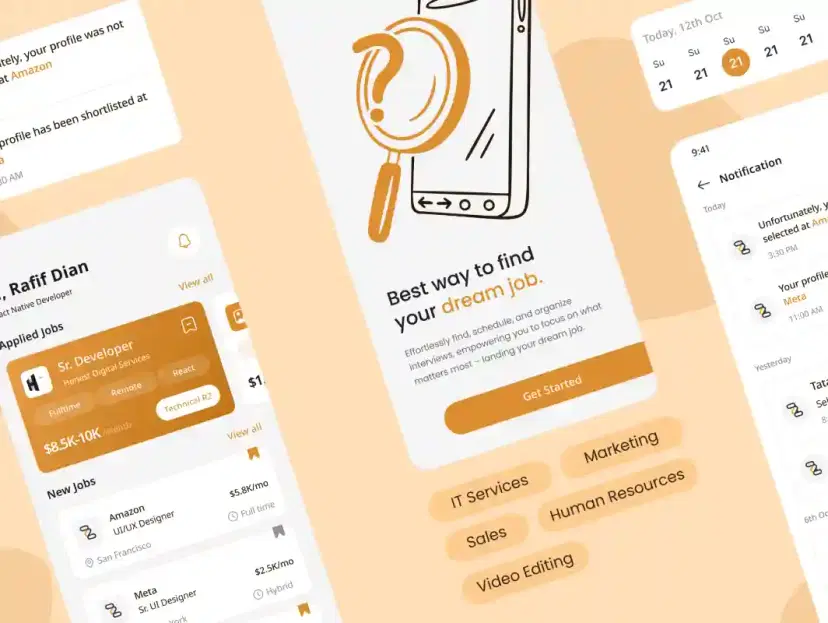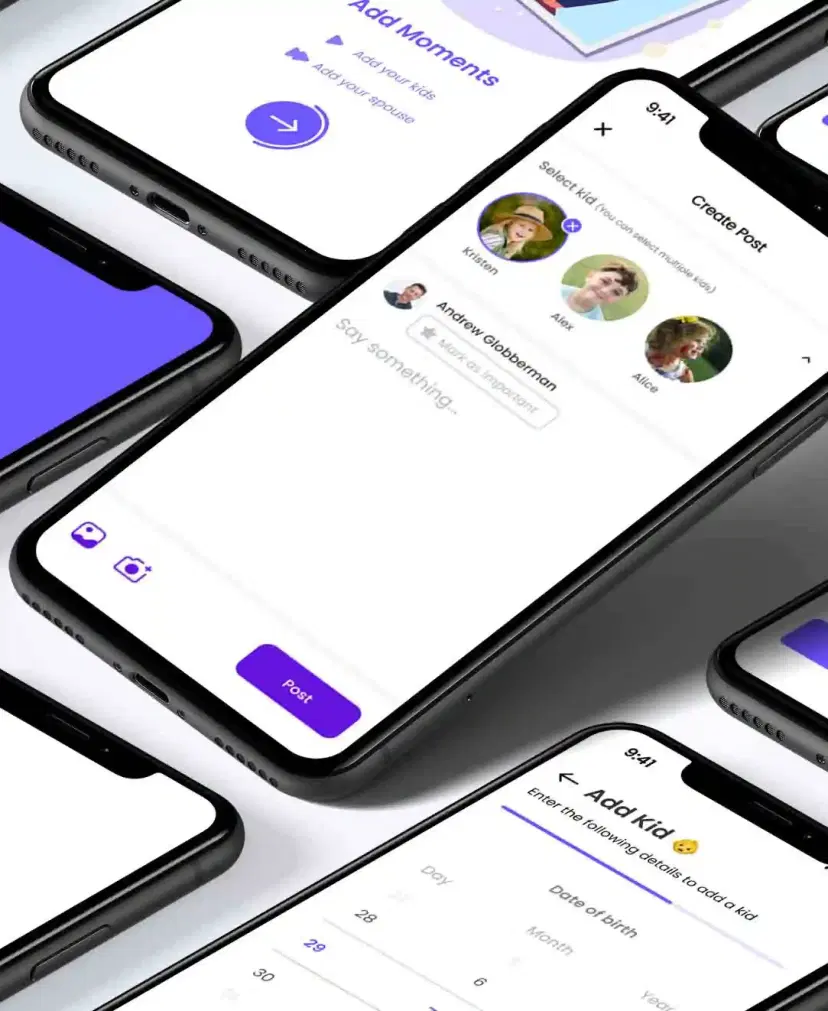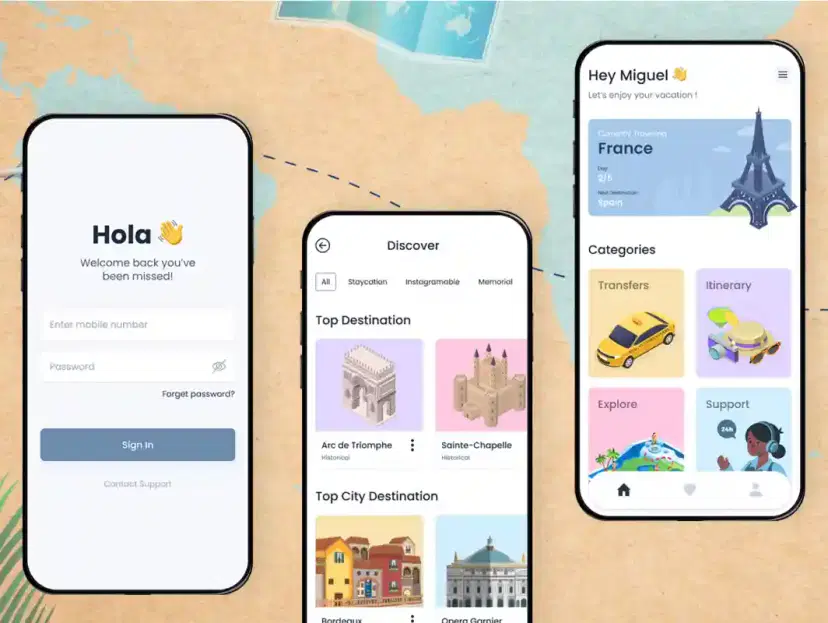Responsive Multi-Device UI System
A flexible UI framework that ensures consistent design, layout, and interactions across mobile, tablet, and desktop, delivering seamless performance on any screen size
Key features
Deliver seamless experiences across every device, ensuring accessibility, consistent performance, and reliable interaction for all users:
Adaptive Layouts
Layouts adapt seamlessly to devices and screens
Ensure consistent experiences with layouts that automatically adjust across mobiles, tablets, and desktops
Touch Optimization
Interfaces designed for intuitive touch navigation
Deliver smooth, touch-friendly experiences that improve usability on smartphones, tablets, and other interactive devices
Responsive Grids
Grid systems scale content fluidly across devices
Maintain balance and readability with responsive grid structures that adjust to screen sizes and orientations
Cross-Browser Support
Consistent functionality across all modern browsers
Guarantee smooth interactions by ensuring compatibility with Chrome, Safari, Firefox, Edge, and other browsers
WCAG 2.1 Compliance
Accessibility features built to global standards
Deliver inclusive designs by integrating WCAG 2.1 accessibility guidelines, enhancing usability for all users
Performance Optimized
Optimized designs ensure fast load times everywhere
Boost performance by minimizing load times and optimizing resources, providing faster access across devices and networks
Offline Compatibility
Key functionality works even without connectivity
Improve resilience with offline-first capabilities that maintain core functions and sync data when networks reconnect
Scalable Components
Reusable components adapt to future design needs
Build sustainable systems with reusable design components that scale easily as products and user requirements evolve


















